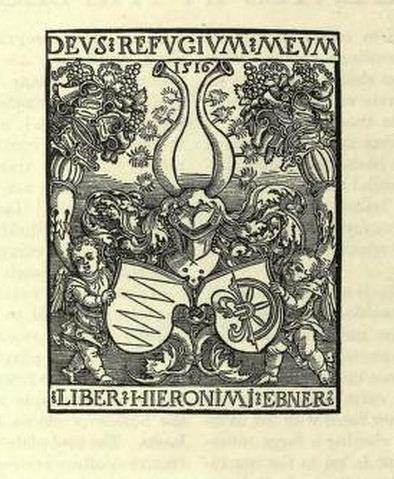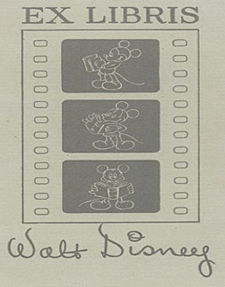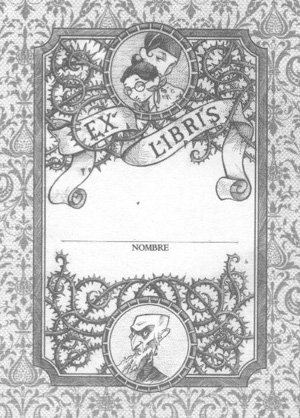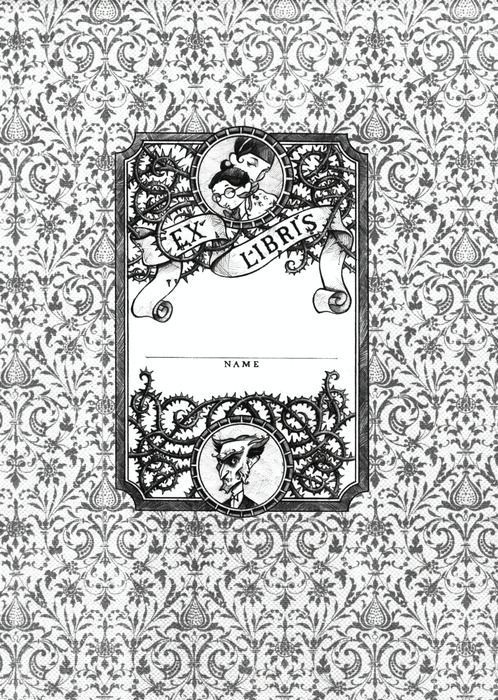If I could pick one thing I've almost always liked, it would be Nancy Drew. Now, I say "almost always" because the first time I picked up a Nancy Drew book, I hated it. I'm not sure what I was thinking there, because I've loved mystery books since I read the Boxcar Children as a young girl.
It made sense to me to do my collection based around Nancy Drew, because if I could have all these books for real, I would. Collecting isn't always about having the rarest or most expensive stuff, although it's neat to have rare items in your collection. Your collection should be something you love or are interested in.
The first thing in my Nancy Drew collection would be the 56 original Nancy Drew Mystery Stories.
Click on the link above and scroll through to see different covers and read a brief synopsis of each book.
 |
| This is what Nancy Drew books looked like when I started reading them, in the late '90s. If you're older, you probably remember them looking a little differently. |
The link above has several different covers for some of the books. The covers of the books in the photo above would be the last picture for each book.
The reason behind the different covers is because some of the books have been revised from the originals, which brings me to the next items in my collection: Applewood Books' reproductions of the first 21 Nancy Drew Mystery Stories. Only the first 6 have been reprinted, so the others tend to be fairly pricey. The books were revised to shorten them and remove stereotypes and outdated language. I've never read any of the originals, but I would really love to.
The next group of books in my collection would be the Nancy Drew Digest books. These were sold as a continuation of the Nancy Drew Mystery Stories. The numbering picks up where the yellow books left off, at 57, and goes until 175. I've read and own a few of these. They read a lot like the yellow cover Nancy Drew books to me, just updated.
There are many other Nancy Drew books, as you can see here. I have one of the Nancy Drew, Girl Detective books, but it's too...different and weird from the others. Some of the books are aimed at a younger audience, like the Nancy Drew Notebooks, where Nancy is 8 instead of a teenager. Some of the books were also aimed at an older, teenage audience, like the Nancy Drew Files, where romance is often involved in addition to the mystery. I'm all for Nancy and Ned together forever, but I like my favorite teen detective solving mysteries, not kissing boys.
The next thing I would add to my collection would be Nancy Drew movies and TV shows. There have been a few over the years, but I like the originals the best. My mom remembers watching the Nancy Drew TV show when she was in high school.
 |
| The original Nancy Drew movies from the 1930s, starring Bonita Granville as Nancy |
 |
| Nancy Drew TV show from the late 1970s, starring Pamela Sue Martin as Nancy |
 |
| Season 2 |
The final part of my collection of Nancy Drew things is something I already own: the Nancy Drew computer games by Her Interactive. The 28th installment of these games comes out later this month. Some of them are based on Nancy Drew books.
 |
| Based on the first Nancy Drew book in honor of Nancy's 75th anniversary |
 |
| According to the game box, this is based on the best selling Nancy Drew book of all time. |
195 books, 4 movies, 2 seasons of a TV show, and 28 computer games. Now that's what I call a collection! :) I may not have absolutely EVERYTHING Nancy Drew here, but I have all the things I like and care about.
Nancy Drew Links:






















